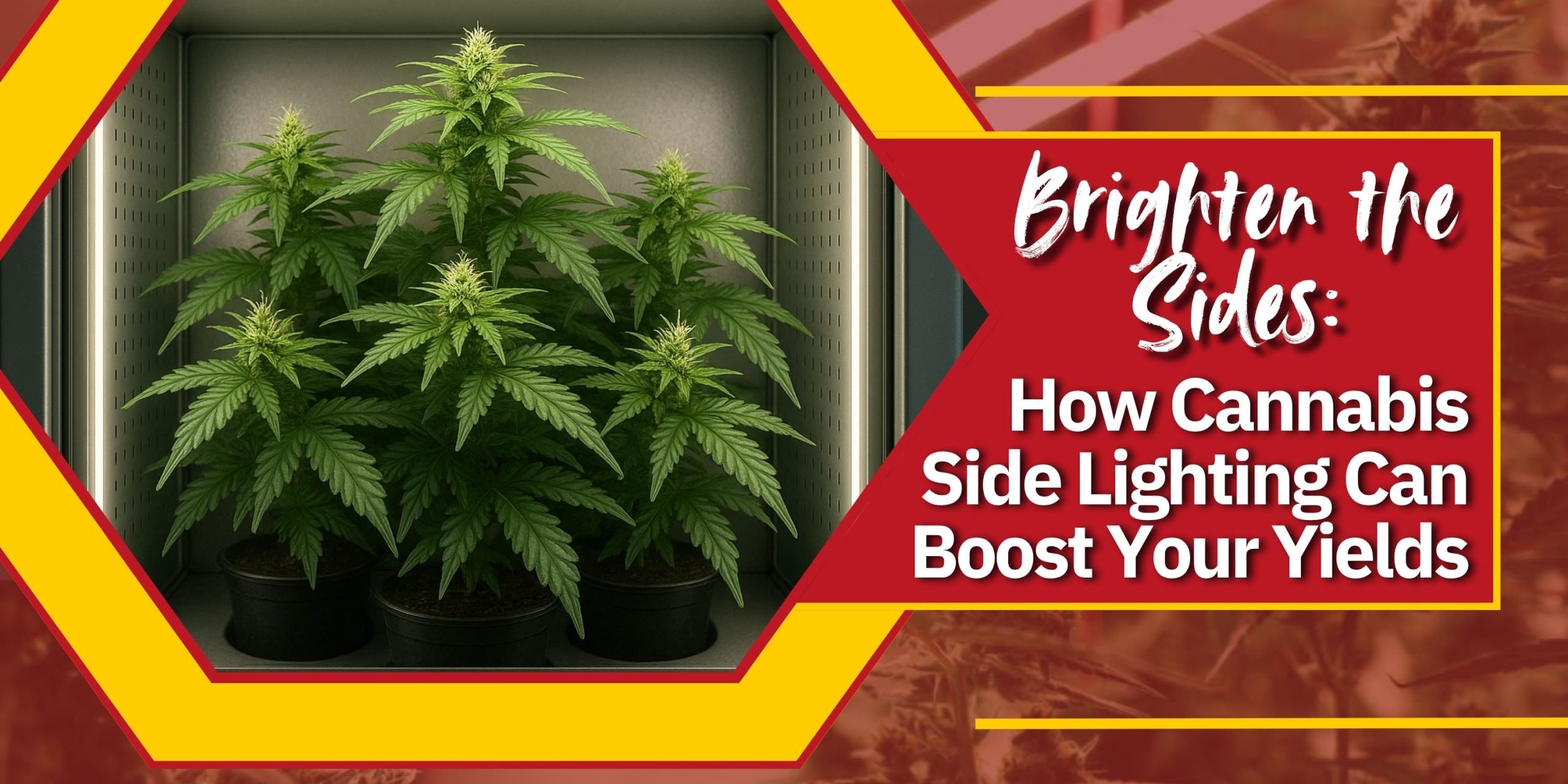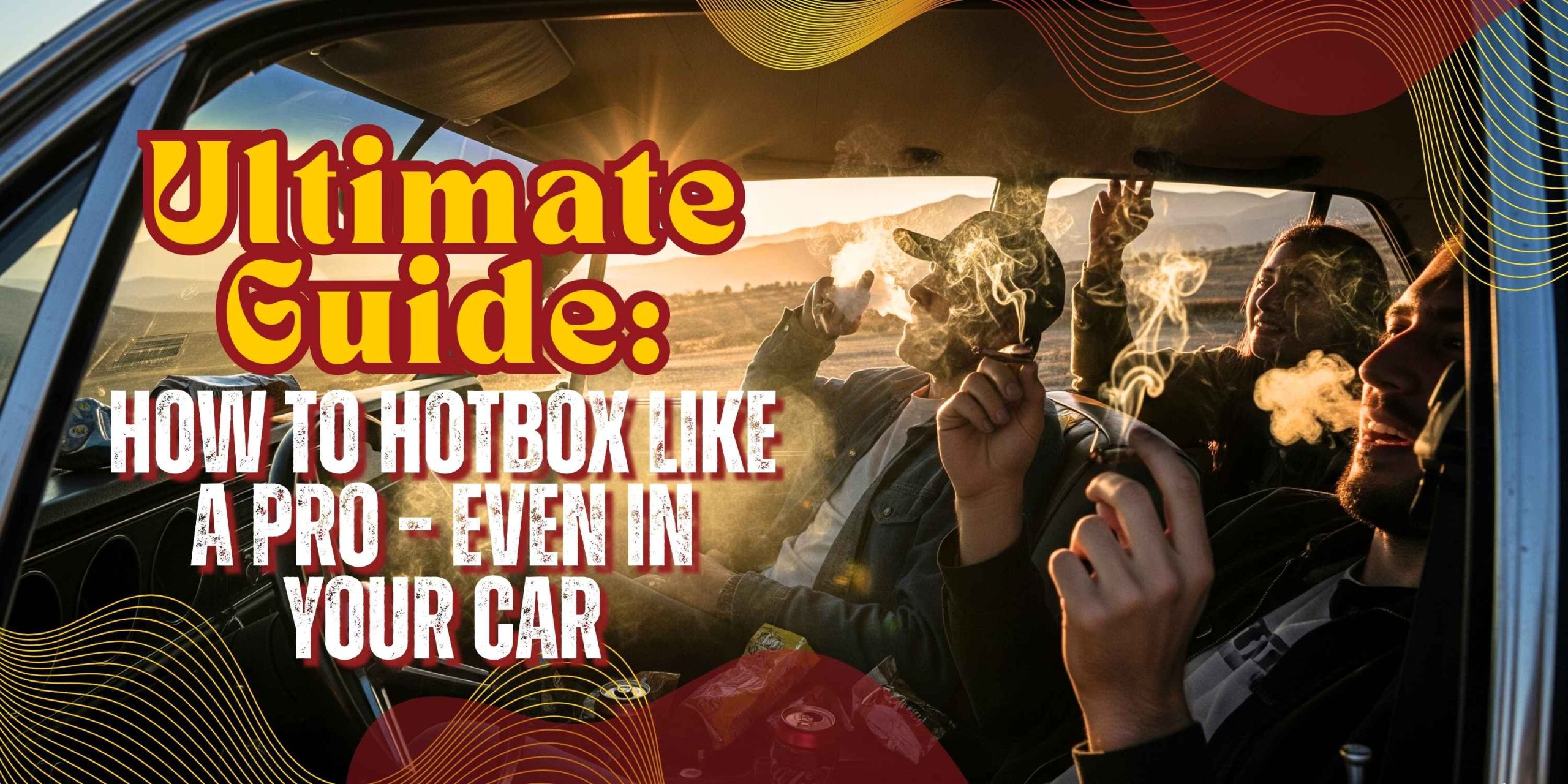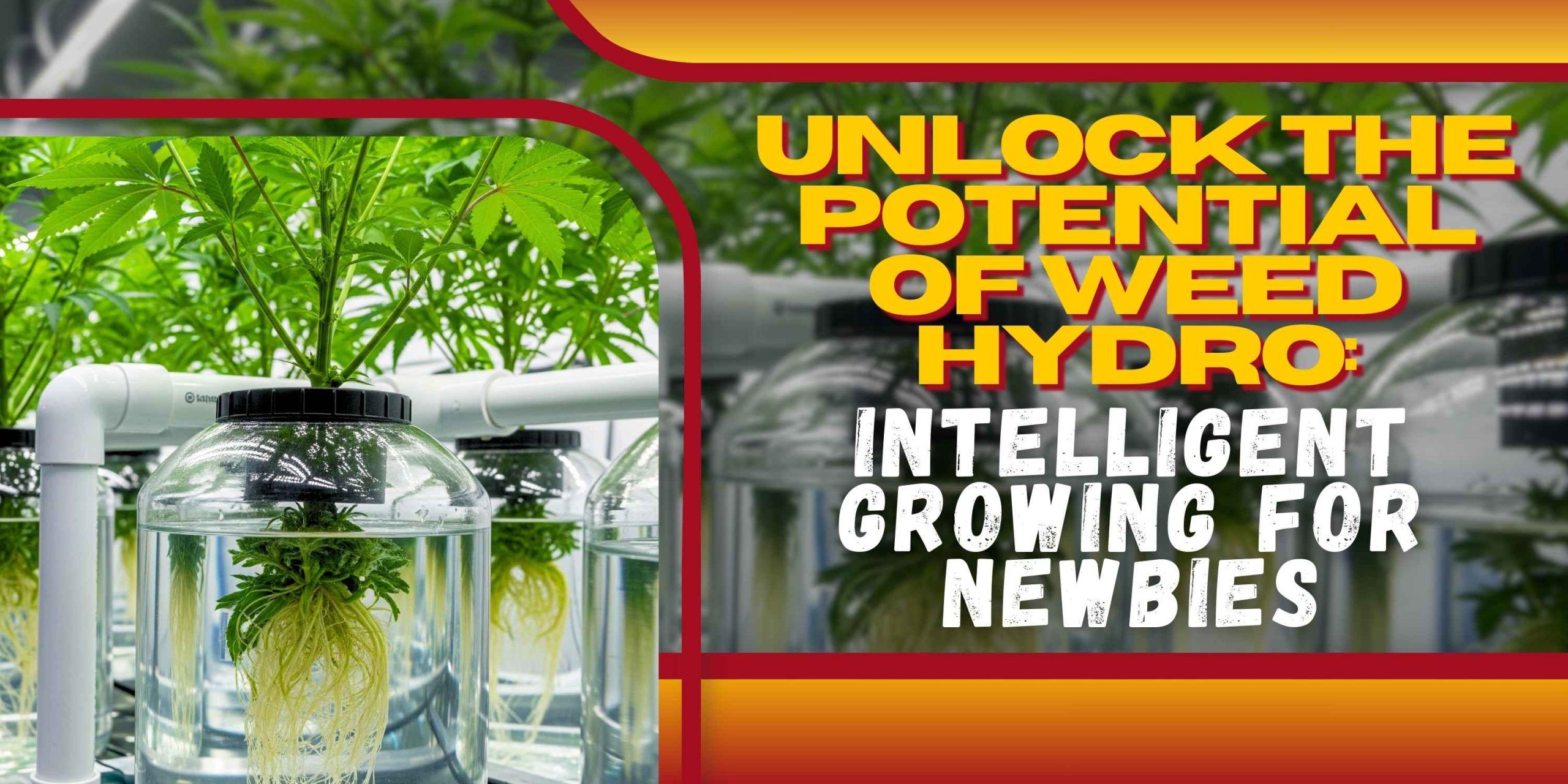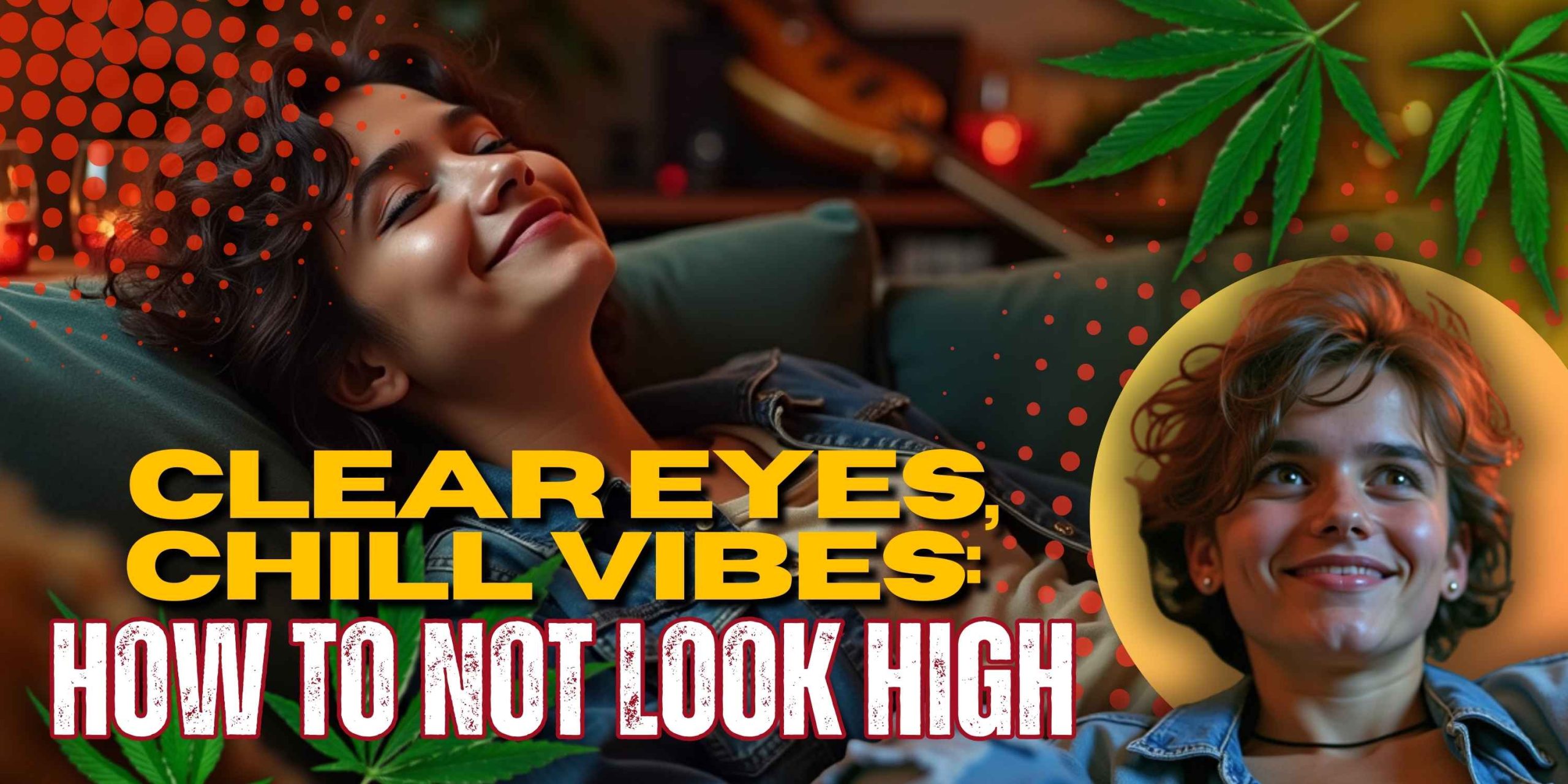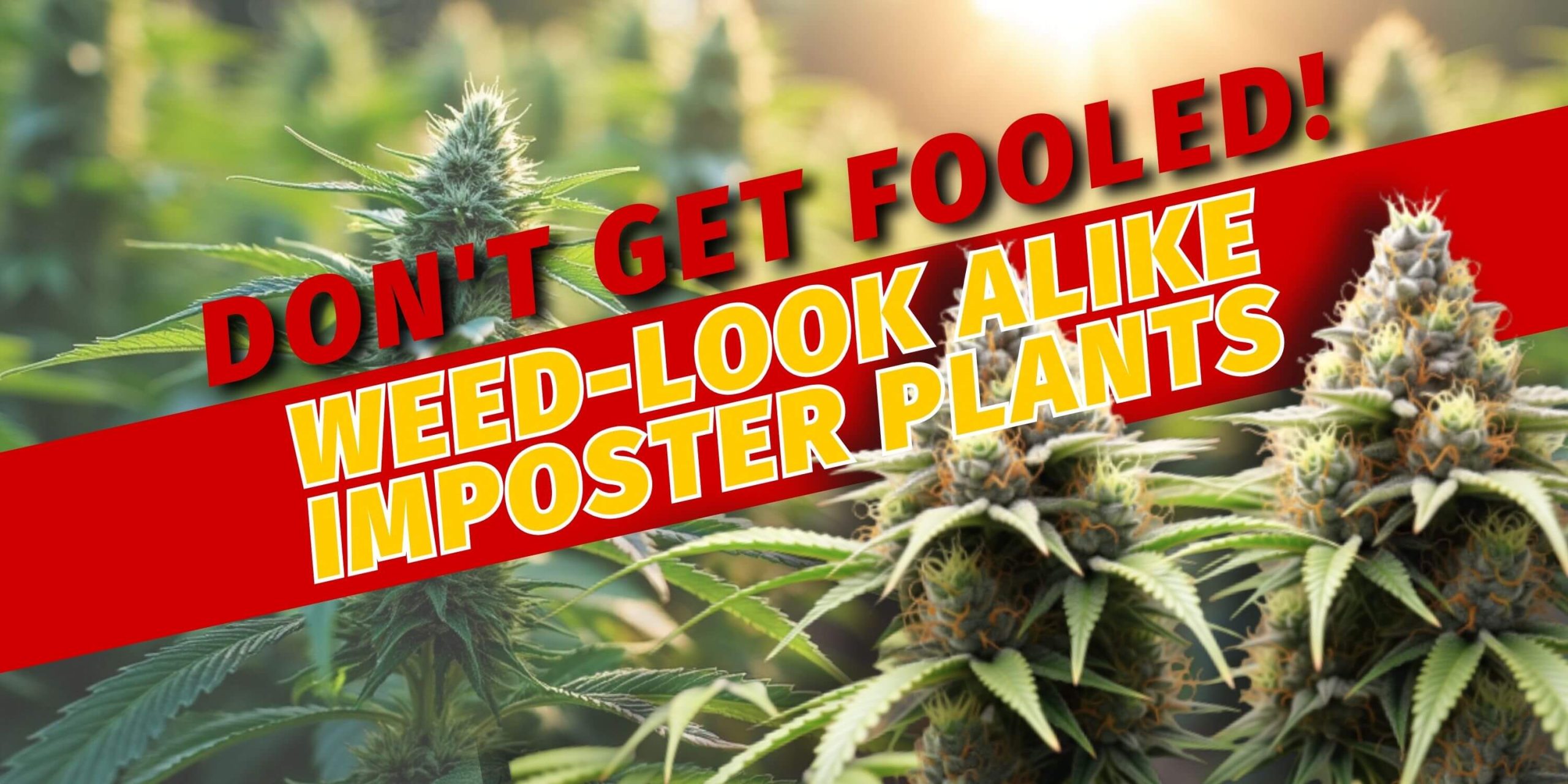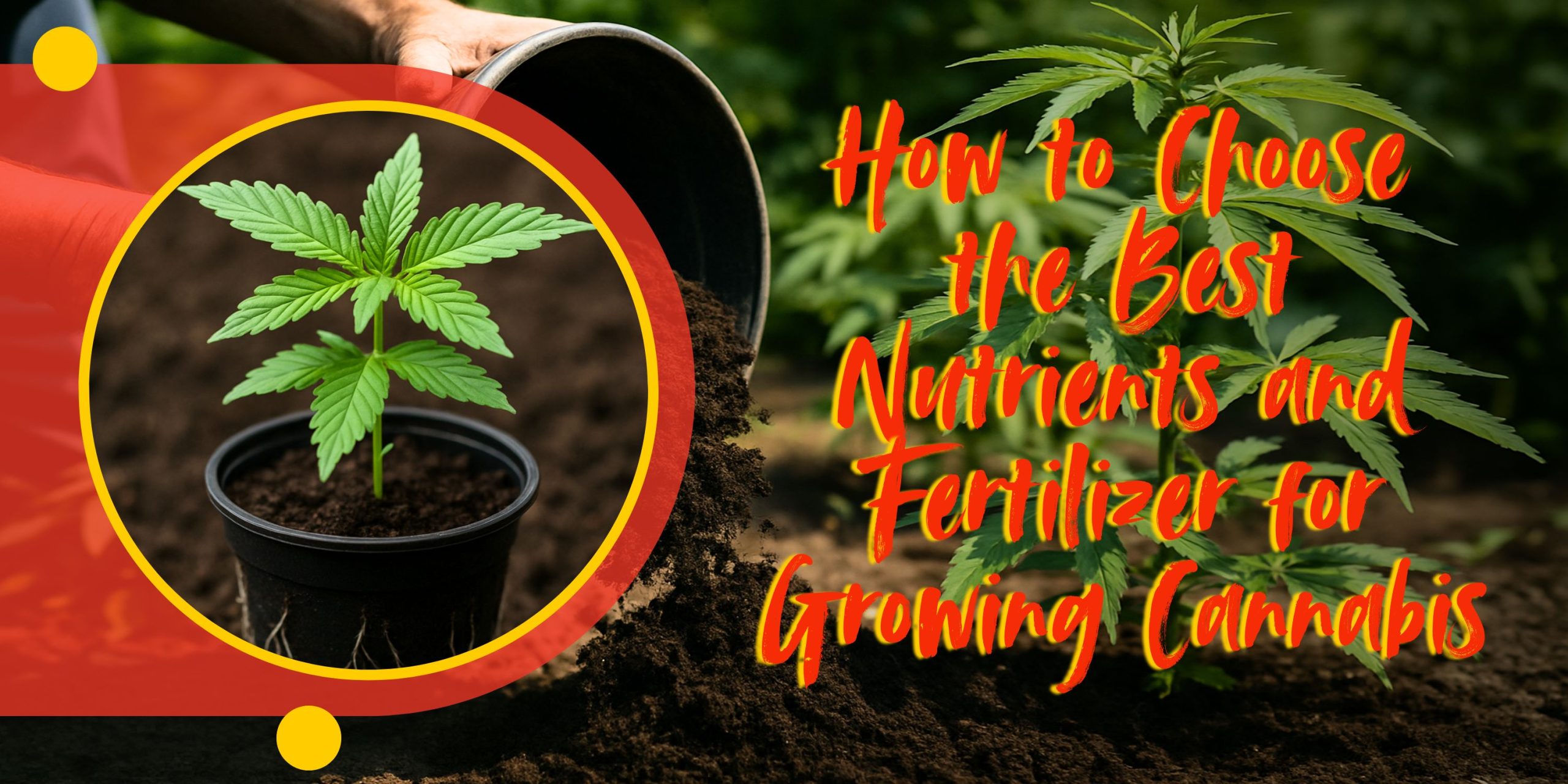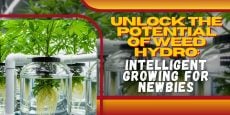Making the most of every square inch of your grow area is essential to a successful harvest in the cannabis industry. Although most growers concentrate a lot on overhead lighting, cannabis side lighting is a potent but frequently disregarded method that can significantly alter plant performance. By arranging lights along the sides of your growing space, you can make sure that your plants are fully and evenly lit from a variety of perspectives, not just overhead.
By using this technique, you can minimize shadowing, encourage more consistent growth throughout your canopy, and greatly enhance bud development on lower branches—whether you’re using a grow tent with side lighting or designing your grow room with side lights for your grow tent. Let’s examine the what, why, and how of side lighting for cannabis growing in order to understand why indoor growers are increasingly using this strategy.
What is Cannabis Side Lighting?
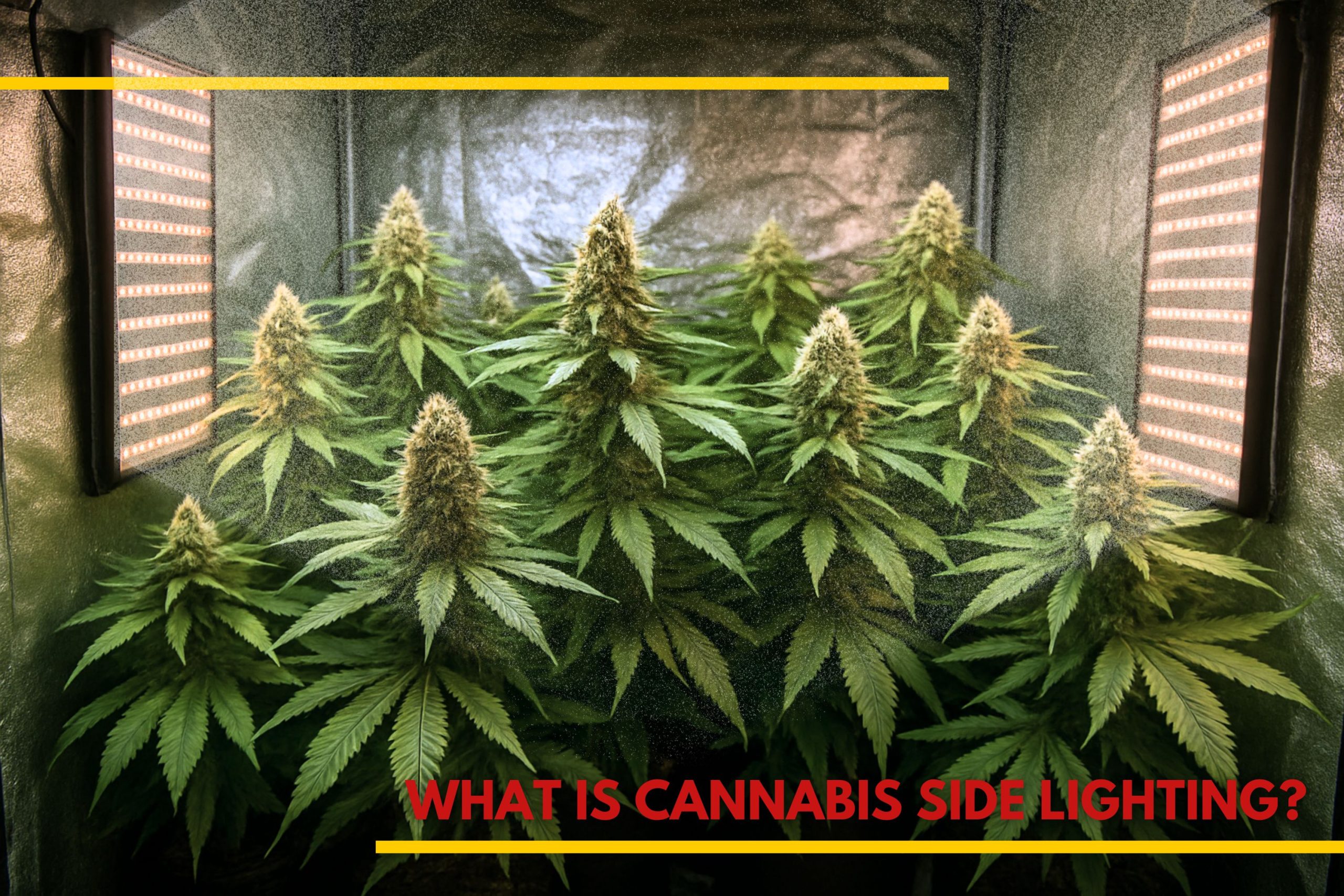
“Cannabis side lighting” is the process of adding additional grow lights to the vertical walls of a grow tent or grow space. Although top-down lighting is standard and required, side lighting helps expose more of the plant’s surface area to light, especially the lower and mid-tier leaves and buds. This technique can reverse the natural shading that occurs when large fan leaves block light from reaching lower growth.
By using side grow lights, growers can encourage stronger bud development beneath the canopy, which would otherwise receive less light and produce smaller, weaker flowers.
Cultivators can promote stronger bud development beneath the canopy—which would otherwise receive less light and yield smaller, less powerful flowers—by implementing side grow lights.
Why Side Lighting Matters in Cannabis Cultivation
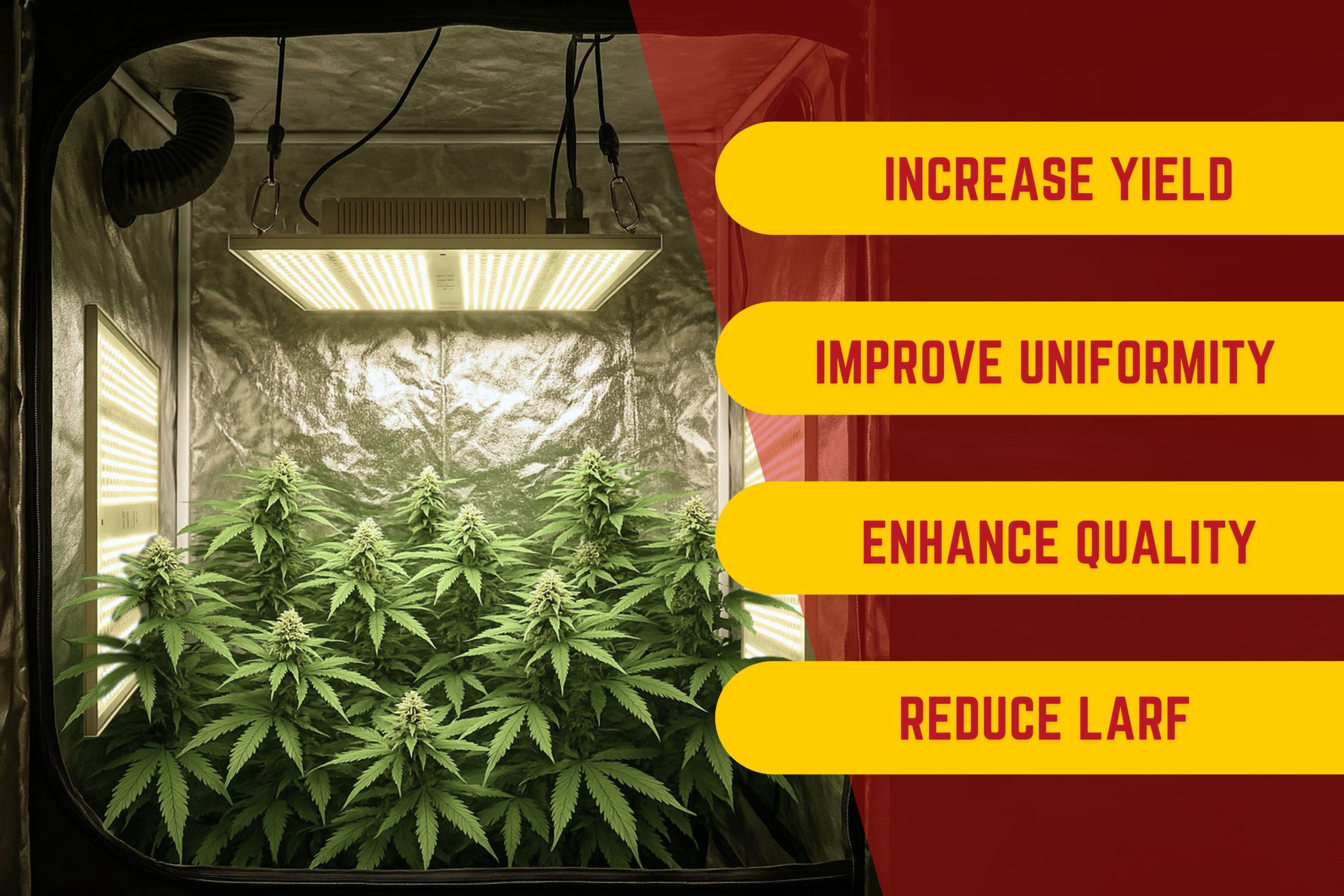
All plants, including cannabis plants, depend on photosynthesis, which is fueled by light, to grow. Lower branches are frequently left in the shade when light is only reaching the upper leaves, which absorb the majority of the light. Indoor environments are static unless you use techniques like side lighting for grow tents, but this natural structure works well outdoors where the sun moves throughout the day.
Adding side lights in your grow tent helps to:
- Increase yield: More light penetration means more bud sites get the energy they need to fatten up.
- Improve uniformity: With light hitting all sides, plants tend to grow more evenly.
- Enhance quality: Buds that grow in full light often contain higher levels of cannabinoids and terpenes.
- Reduce larf: Larf refers to the fluffy, undeveloped lower buds — a common issue when light doesn’t penetrate deep enough.
For indoor growers looking to get the most out of every harvest, side lighting isn’t just optional — it’s a powerful tool for quality control and yield maximization.
Types of Side Grow Lights for Cannabis
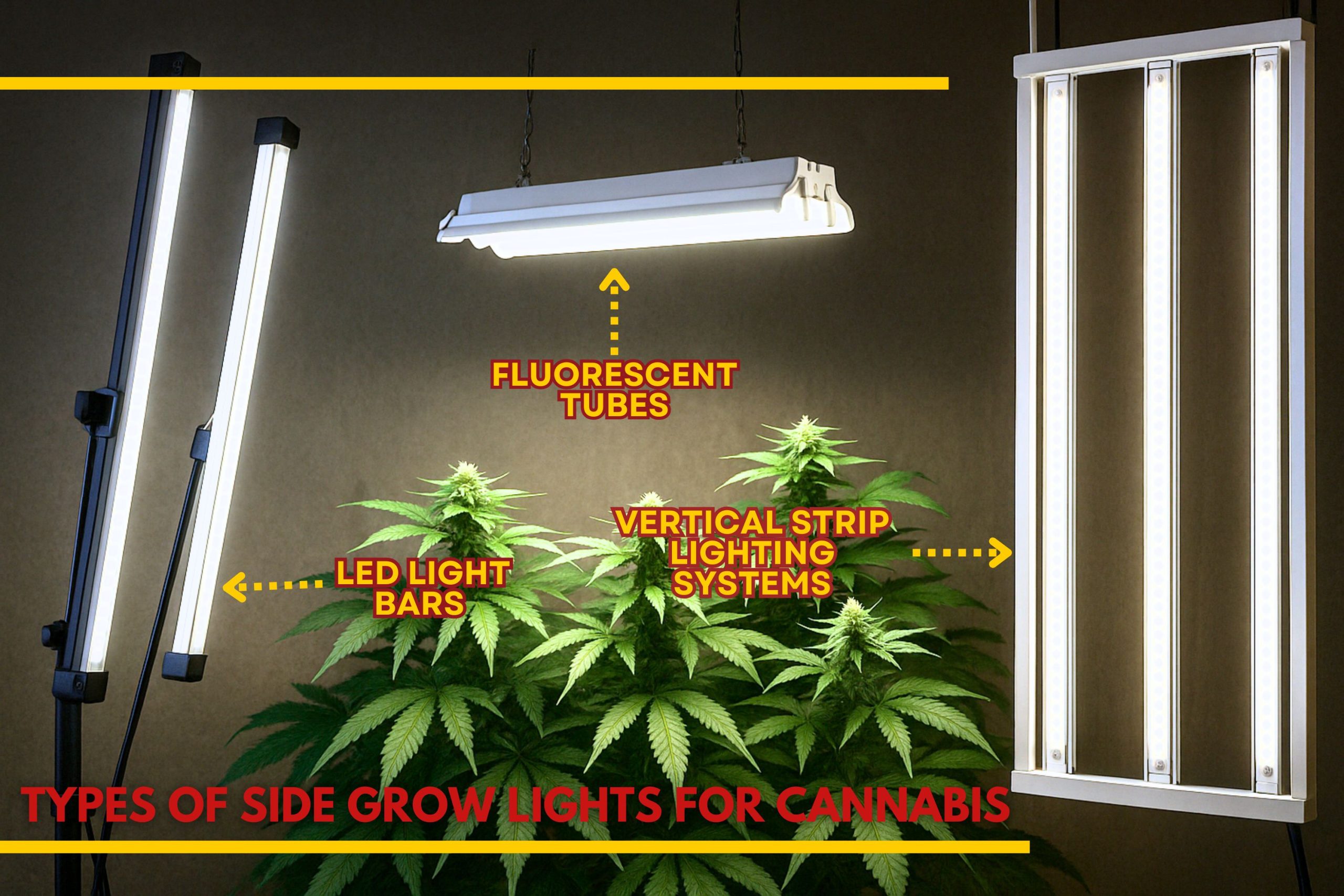
There are a number of options available when it comes to side grow lights. Selecting lighting that blends in with your main setup without overheating or using too much power is crucial.
1. LED Light Bars
LED light bars are a common option for grow tent side lighting because they are small, effective, and low-heat. They can be conveniently daisy-chained and are simple to install along the tent walls.
2. Fluorescent Tubes (T5 or CFL)
Fluorescent side lighting works well for vegetative stages and early flowering, although they produce more heat and consume more energy compared to LEDs.
3. Vertical Strip Lighting Systems
These days, some grow tents come with integrated vertical lighting. Large-scale cultivation or high-density plant training techniques like SOG (Sea of Green) benefit greatly from these systems.
Tips for Using Side Lighting in Your Grow Tent
To get the most from side lighting for grow tents, here are a few helpful tips:
- Placement matters: Position side lights at mid-plant height to directly target lower and middle growth.
- Mind the intensity: Too much side lighting can lead to light burn or heat stress, especially if the tent lacks proper ventilation.
- Match the spectrum: Use full-spectrum LEDs during flowering for the best results. Blue-heavy spectrums are great for vegging stages.
- Adjust as they grow: As your plants stretch, raise or lower the side lights to maintain optimal exposure.
A more dynamic light environment that replicates the movement of the sun outdoors is created by combining top lighting with well-placed side lighting, which promotes robust, flourishing cannabis plants from top to bottom.
Conclusion
Cannabis side lighting is a method worth trying if you want to increase your cannabis yields and improve the general health of your plants. It can significantly enhance the outcomes of your indoor grow with little cost and the right setup. This method, which includes side grow lights and custom grow tent side lighting, guarantees that your plants are not only surviving but are flourishing from every aspect.
Don’t undervalue the importance of side lighting for grow tents, regardless of your level of experience. You can achieve larger buds, healthier plants, and a more fulfilling growing experience with the correct equipment and a little preparation.
FAQs
- Is side lighting necessary for growing cannabis?
Side lighting isn’t absolutely necessary, but it’s highly beneficial. It helps increase yields, improves lower bud development, and creates more uniform plant growth — especially in dense canopies. - What’s the best type of light for grow tent side lighting?
Full-spectrum LED light bars are the best option due to their efficiency, low heat output, and versatility. They’re easy to mount vertically and won’t spike your electricity bill. - Can side lighting replace top lighting in a grow tent?
No. Side lighting should complement, not replace, top lighting. Top-down lighting provides the primary light energy, while side lights help support underdeveloped growth areas. - How close should side lights be to cannabis plants?
LED side lights should generally be 6–12 inches away from plant surfaces, depending on intensity. Monitor your plants for signs of light burn or stretching to find the sweet spot. - Does side lighting help with plant training techniques like LST or topping?
Yes! Side lighting works especially well with LST (low-stress training) or topping, since these methods spread out the canopy horizontally. This allows side lighting to reach more bud sites and promote even development.


